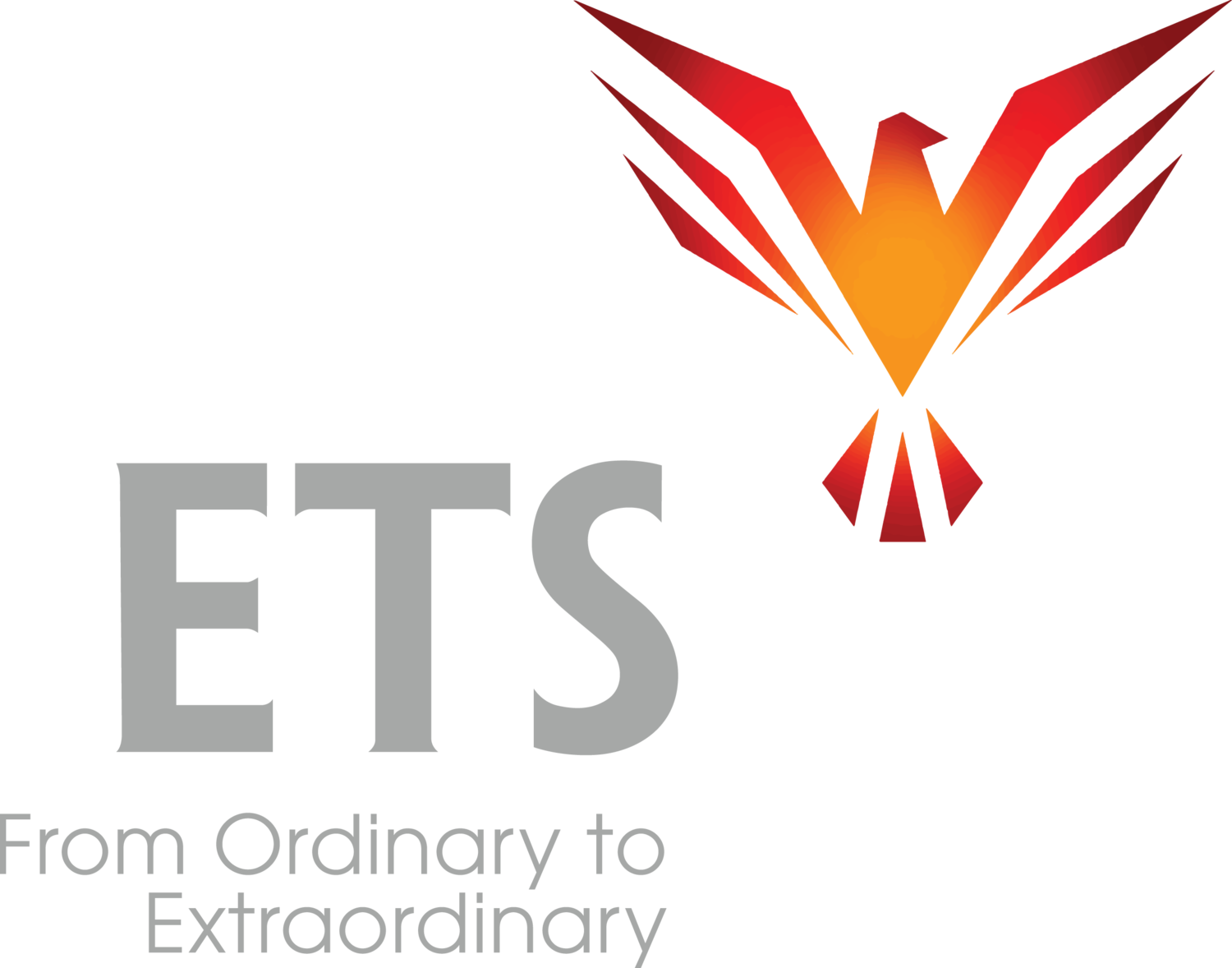A couple of days ago I started the first Executive Coaching session with Marcos. I asked him to tell me about his goals for the coaching and he said, “I really want to learn about Executive Presence.” I asked him why.
As he was telling me his goals, he apologized three times.
“I’m sorry, this probably sounds like a silly thing. But what I’d really like is…”
“That probably doesn’t make any sense, but what I was thinking was…”
“I’m sorry that was such a long-winded explanation of what I am looking for, I hope that makes sense…”
He’s not the only one apologizing. If I count the number of times each week that someone apologizes to me for communicating, it’s quite a number.
“I’m sorry if I’m coming across opinionated…”
“I’m sorry, I just have to say this…”
“I’m probably taking too long to explain this …”
This is a new phenomenon in society. Somehow perfectly wonderful people have been made to feel they need to apologize for communicating.
I could spend an entire article talking about how this came to be, but I want to get right to the point:
It’s not healthy.
